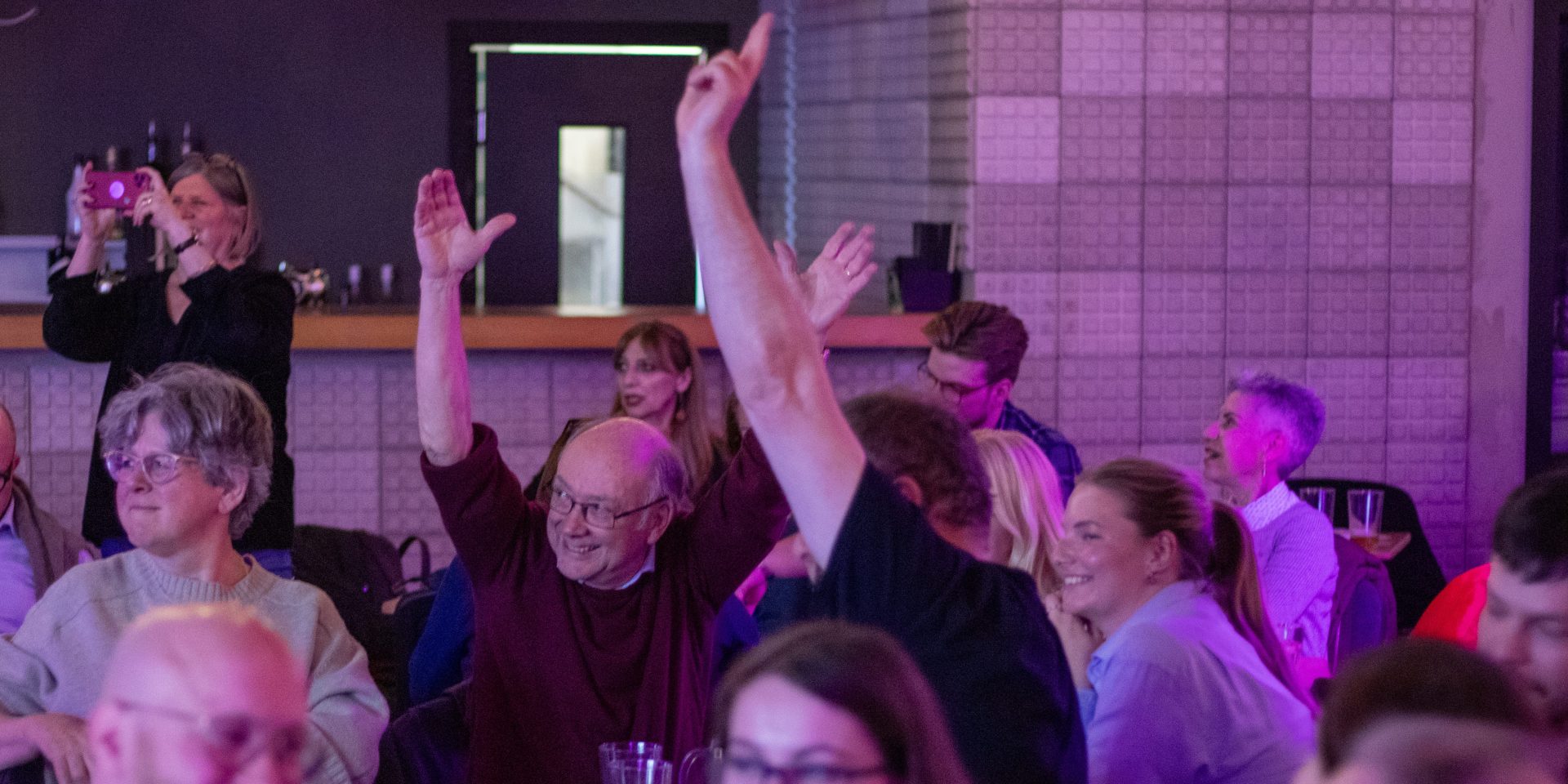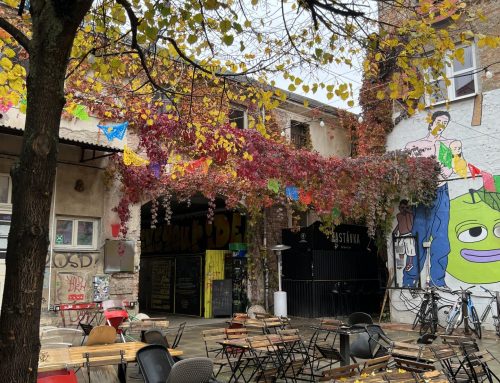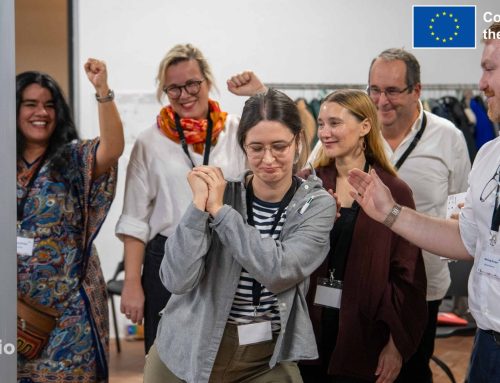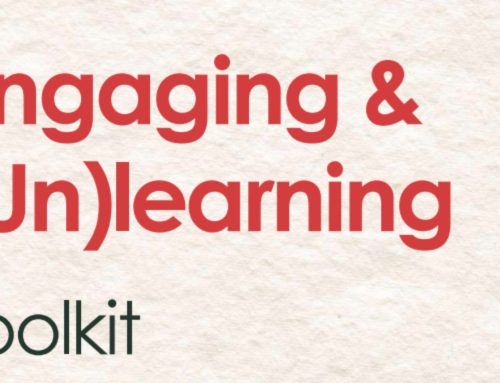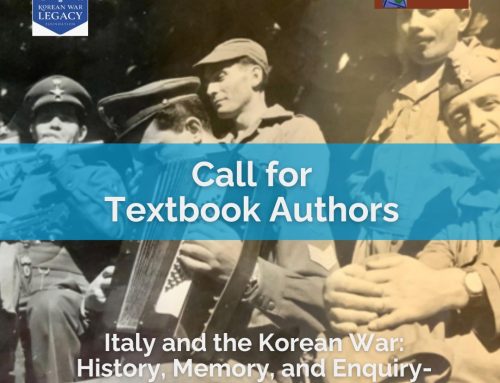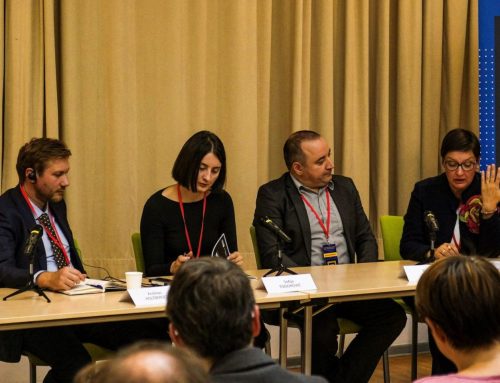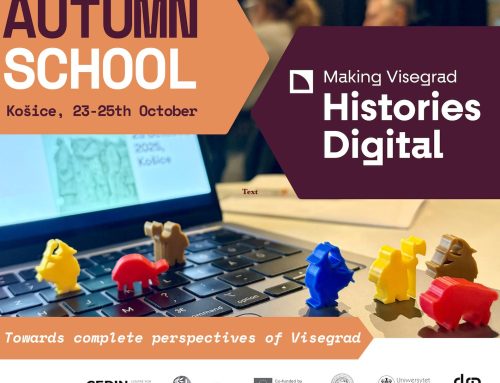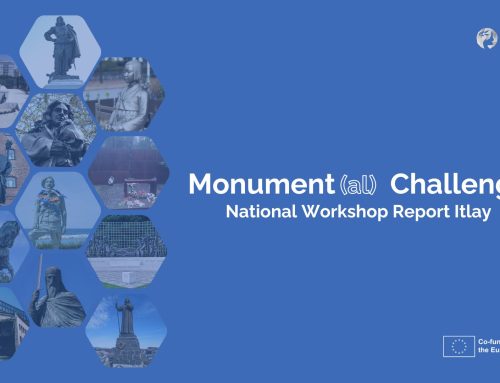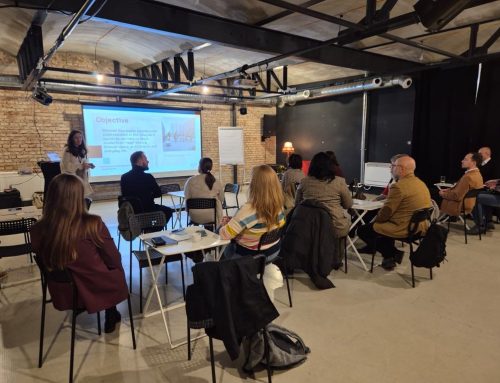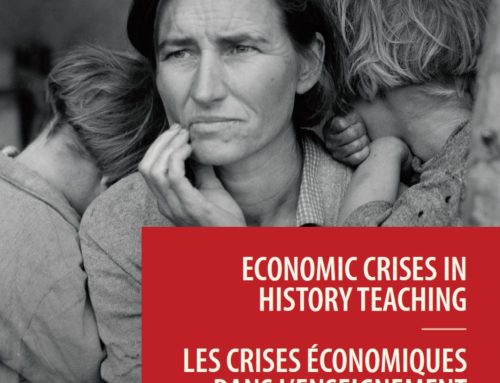From April 3rd to April 5th, more than 300 educators, historians, and practitioners gathered in Bratislava, Slovakia, for EuroClio’s 31st Annual Conference “Patterns in History?”. What unfolded was not just a conference, but a vivid reminder of why history education matters, especially in times of uncertainty.
This year’s conference themes — Digital Education, Playful Education, and Non-Formal Methods — offered timely and thought-provoking lenses through which to explore historical patterns, especially against the backdrop of political tensions in Slovakia and changes in the educational landscape.
A Big Conference — In Every Sense
With some 38 workshops, four school visits, cultural activities, and a rich social programme, the conference was large-scale and ambitious — a strength, but also a logistical challenge. Yet, despite the complexity, the spirit of curiosity, collaboration, and experimentation was palpable throughout Bratislava’s historic centre — from the Slovak National Gallery to the Faculty of Arts of the Comenius University.
Digital Education: Navigating the Age of AI
One recurring pattern in the discussions was clear: technology is not coming — it’s already here. Sessions like “Who’s AfrA.I.d?” by the Historiana Teaching and Learning Team, “AI Can Be My Teaching and Research Assistant”, and “GenAI and Inquiry-Based History Education” provoked excitement and hesitation. Educators explored practical ways to use AI tools like HistoryLab for inquiry-based learning, but also wrestled with other questions: What happens to historical thinking in an age of generated content? Can place-based learning survive in digital formats, as discussed in the Arolsen Archives workshop?
Playful Education: When History Becomes a Game
The conference’s Playful Education strand reminded us that learning history education does not have to be linear or at all times serious. Workshops like “The Murder at the Red Barn” and “Gamifying Civics” demonstrated how games, role-play, and creative tasks can unlock empathy and critical thinking. The “PAST Project” took this even further, showing how ancient board games can become tools for teaching both history and collaboration. Project Zero’s workshop on Thinking Routines provided methods to help students slow down, reflect, and consider multiple perspectives.
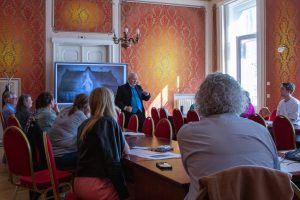
Non-Formal Methods: Beyond the Classroom Walls
Non-formal methods were a constant presence, whether through immersive city tours, cultural visits, or student-led activities. The Facts not Fiction Youth Workshop fostered bonds between students from different countries, offering a glimpse into what cross-border learning could look like at its best.
“This is what teaching should be like!”, one student from the Facts not Fiction Youth Workshop reflected (a reminder of the human connection at the heart of education)
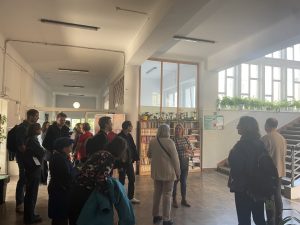
A Call for a Movement
The Executive Director of Steven Stegers challenged us to think beyond community-building. With so many like-minded educators gathered in one place, the conference felt like the early steps of a movement. A movement dedicated to equipping students not just with knowledge, but with the tools to make sense of an overwhelming world.
The keynote from Sam Wineburg provided what many felt was the conference’s most urgent insight:
“Never in History before have we had access to so much information, with such little capacity to understand it all.”
Wineburg called for an agnostic approach to information — neither blindly trusting nor reflexively rejecting sources, but methodically investigating them. He argued for lateral reading and method-based strategies over content-heavy teaching, an approach that feels increasingly essential in a technology and AI-saturated world.
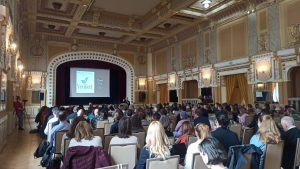
Perhaps the most inspiring moments came from the participants themselves:
“For the first time I see history with different eyes — I now see it as something interesting and creative.”
“I have learned a lot and I can’t wait to apply all of it at school!”
These reflections capture what the conference was about: sparking new ways of seeing, thinking, and teaching history, not as a static record of the past, but as a dynamic field for creativity, inquiry, and critical engagement.
Learning in Context: Bratislava’s Political Landscape
Yet, the conference did not take place in a vacuum. The political situation in Slovakia was present in many conversations, particularly the recent mass resignation of 100 employees from the Slovak National Gallery, protesting government interference and warning of institutional collapse. While getting past large protests to reach the conference dinner venue added some logistics complications, it was also a stark reminder that history education is never neutral — it is shaped by politics, memory, and power.

Looking Ahead
The 33rd General Assembly saw the reelection of Juraj Varga as Board Member of EuroClio, elected two new board members, Vasiliki Giannou and Lidija Zupanic Suica, and welcomed two new member organisations, Klio Platform / Platforma Klio (Croatia), and GO! Education of the Flemish Community / GO! het Gemeenschapsonderwijs (Belgium) — further strengthening this growing network of educators committed to meaningful history education.
As we left Bratislava — with its layered history — one pattern was clear: in a world full of noise, history educators have never been more needed. Not just to teach facts but also to teach critical thinking.
From EuroClio’s Secretariat, we direct a final big thanks to our local partners and the many volunteers who helped make our Conference happen!

